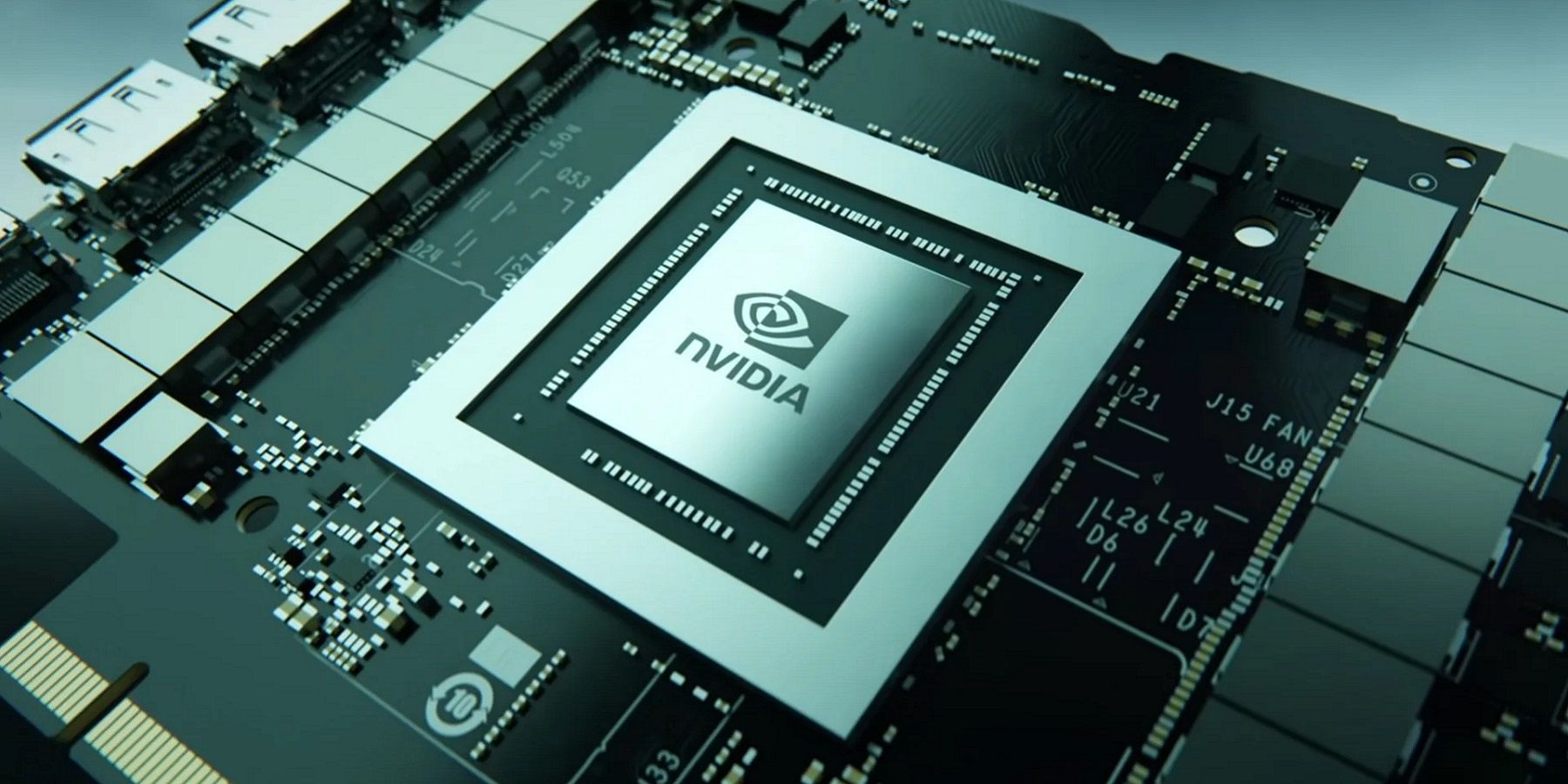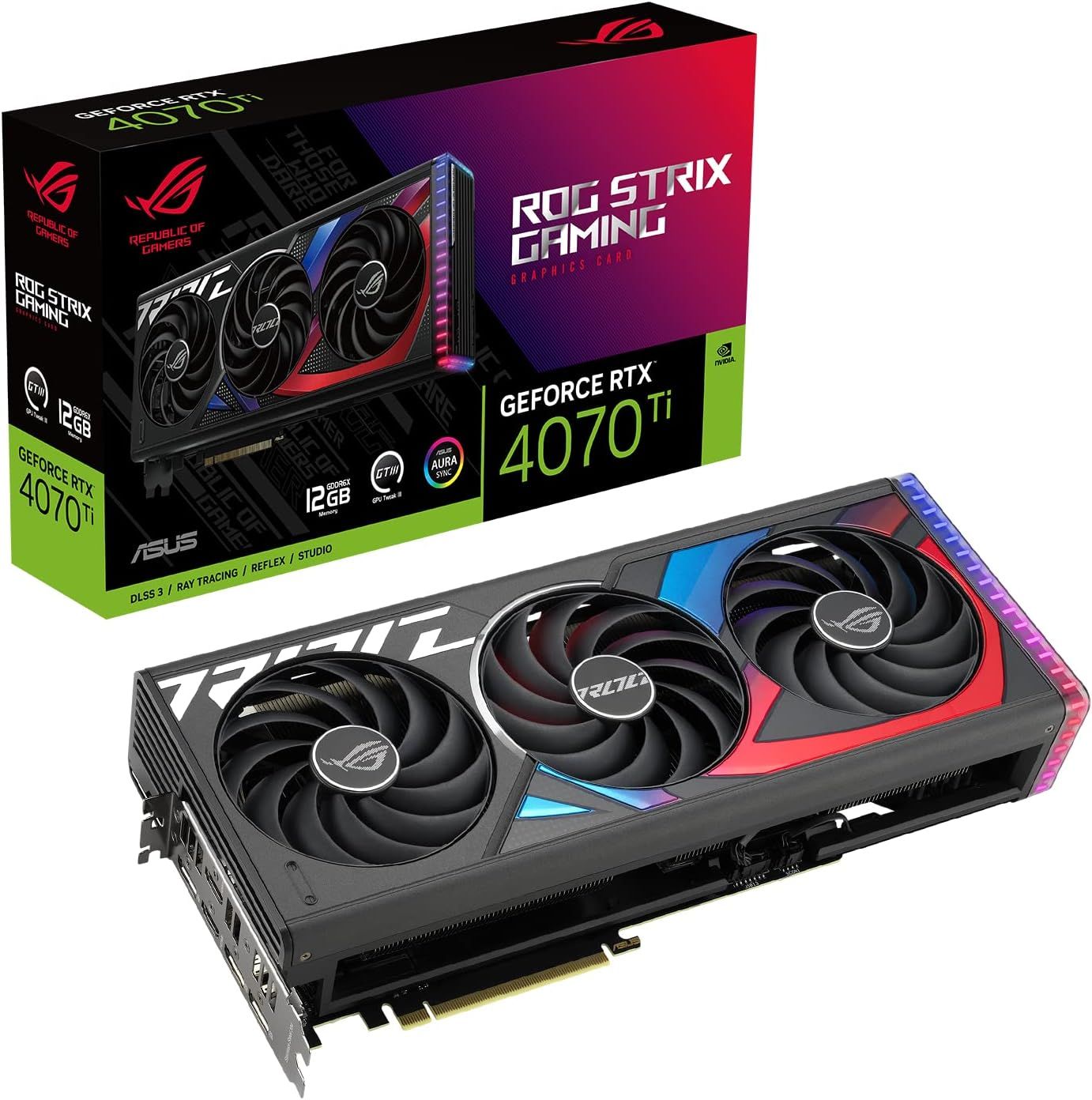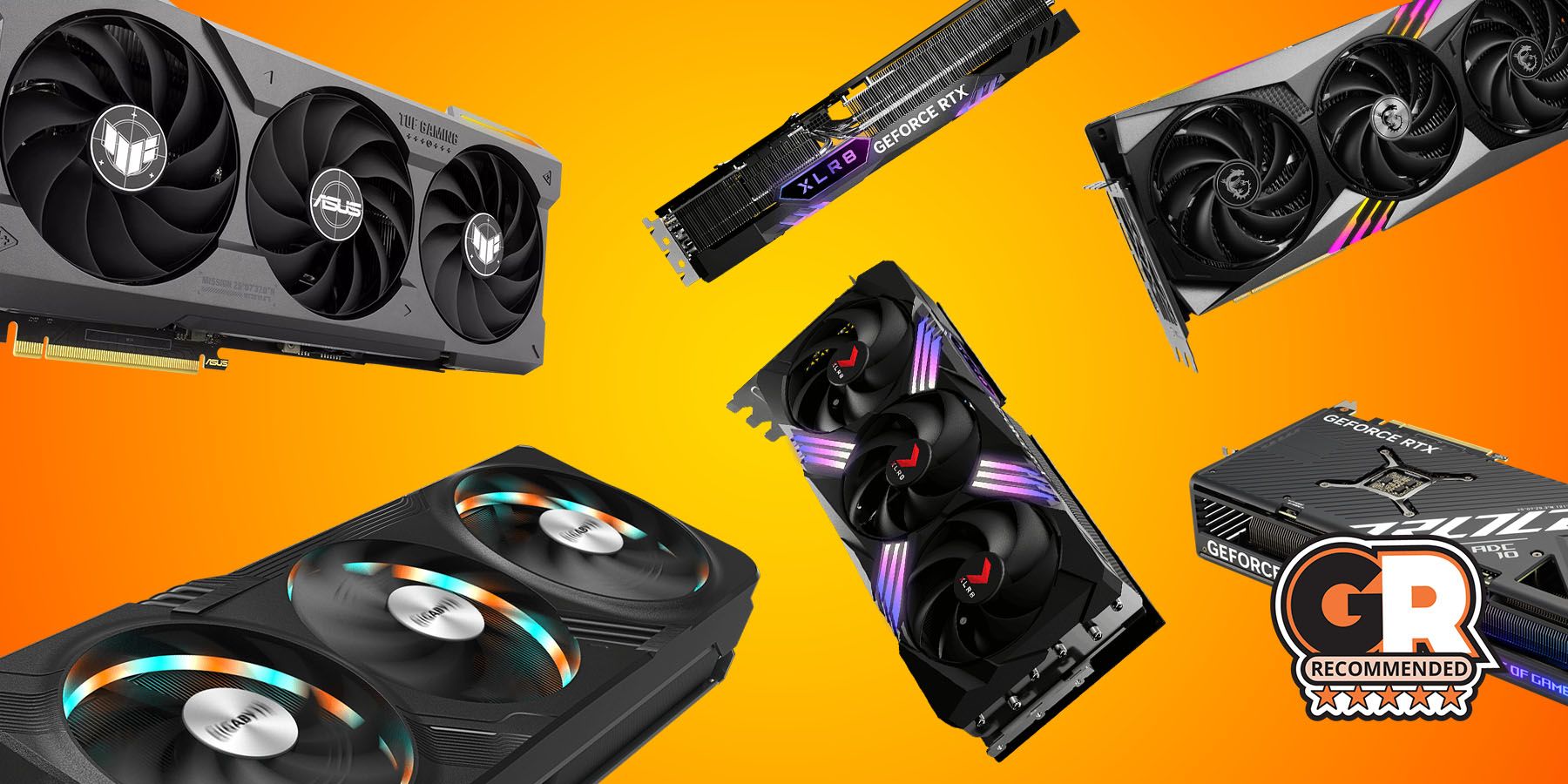
Nvidia's Revolutionary Arm-Based Processors Poised to Transform Windows Computing

Nvidia ventures into Arm-based technologies, developing its own line of central processing units for Windows PCs, aiming to enhance performance and innovation in the world of computing
Highlights
Nvidia is developing new Arm-based CPUs to run with Microsoft's Windows, aiming to compete with fellow tech companies in the AI computing space.
The release of the new CPUs is anticipated for 2025, incorporating advanced technology from Arm Holdings to deliver exceptional performance and presentation. In addition, AMD is preparing to introduce its own range of chips to coincide with Nvidia's 2025 launch. Moreover, competitors will have the chance to collaborate with Qualcomm once its exclusive agreement with Microsoft expires in 2024.
Nvidia is reportedly working on developing new CPUs for Microsoft's Windows operating system. The company is expanding into the field of artificial intelligence computing and plans to compete with other tech companies by introducing Arm-based processors. Although the official release of these products is not yet confirmed, Nvidia is quietly working on the designs.
Nvidia, known for its dominance in the tech industry, attracts a large customer base with its widely sought-after products. The company stays ahead of the curve by keeping up with the continuous advancements in modern technology, especially in areas like artificial intelligence, cloud computing, and semiconductors. In the gaming industry, Nvidia is a go-to brand for PC players who seek top-notch performance. However, with rapid technological progress, it is crucial for companies to stay up to date, and the recent advancements in Arm-based architecture are particularly noteworthy.
According to Reuters, Nvidia is collaborating with Arm Holdings to develop new CPUs that can support Microsoft's Windows operating system. These CPUs will incorporate advanced technology based on reduced instruction set computer architecture, promising enhanced performance and presentation. The joint effort of Nvidia and Microsoft aims to introduce this cutting-edge technology by 2025.
In addition to Nvidia's development of CPUs with enhanced Arm technology, AMD also has plans to release its own chip lineup in alignment with Nvidia's projected 2025 launch timeframe. Notably, AMD recently introduced a robust mobile GPU as a competitor to Nvidia in the graphics card market. Following the expiration of Qualcomm's exclusive deal with Microsoft in 2024, both Nvidia and AMD will be able to collaborate with the Qualcomm corporation.
ASUS ROG Strix NVIDIA GeForce RTX 4070 Ti GPU
The Asus ROG Strix GeForce RTX 4070 Ti is equipped with Nvidia's Ada Lovelace architecture, offering improved performance. It incorporates DLSS 3 technology to enhance its capabilities. With its full ray tracing capabilities, the card delivers realistic visuals. The inclusion of 4th generation Tensor cores enables a significant performance boost compared to the previous generation's brute-force rendering. The design includes Axial-tech fans to ensure superior airflow.
Available on Amazon.
The competitive landscape has been transformed by the introduction of Arm-based products, particularly since Apple unveiled its own silicon chips in 2020. Originally intended as a departure from Intel products, Apple's custom-designed chips now power their hardware and software offerings. Recognizing the impressive efficiency and performance of Apple's silicon chips, Microsoft aims to replicate their success.
It is undeniable that other technological advancements, such as artificial intelligence, virtual reality capabilities, and cloud gaming stability, will also play a significant role. This highlights the potential impact of Arm-based products. PC users consistently demand the best products for their builds, making it imperative for tech giants to remain at the forefront of innovation and meet these demands.
Source: Reuters















